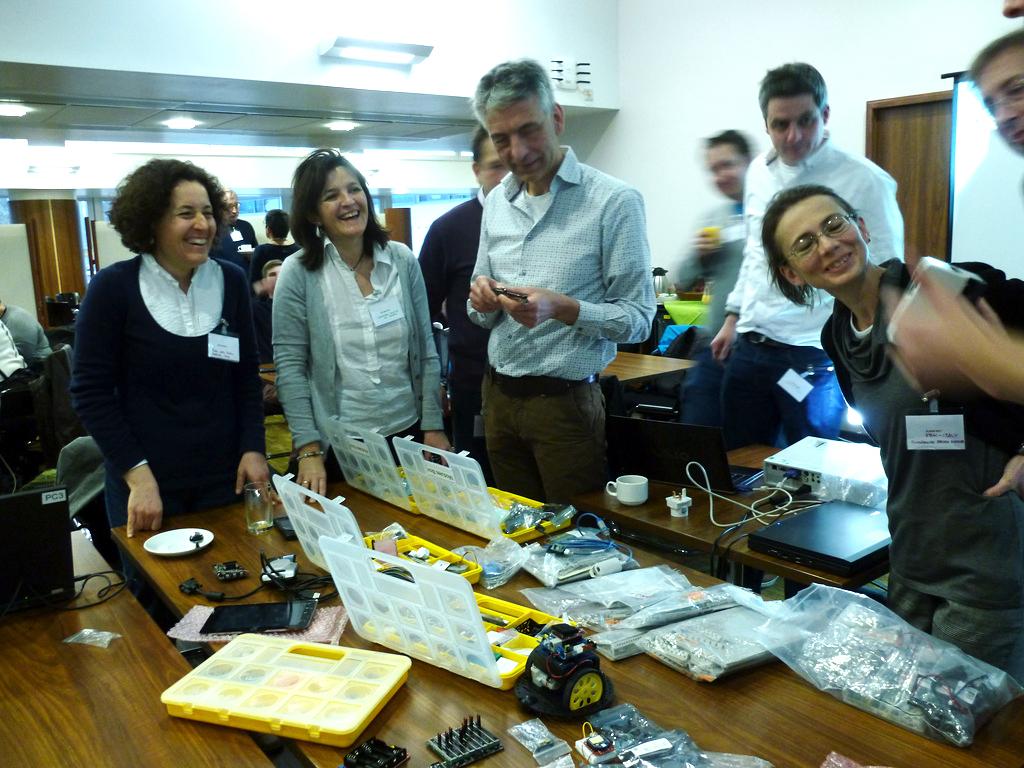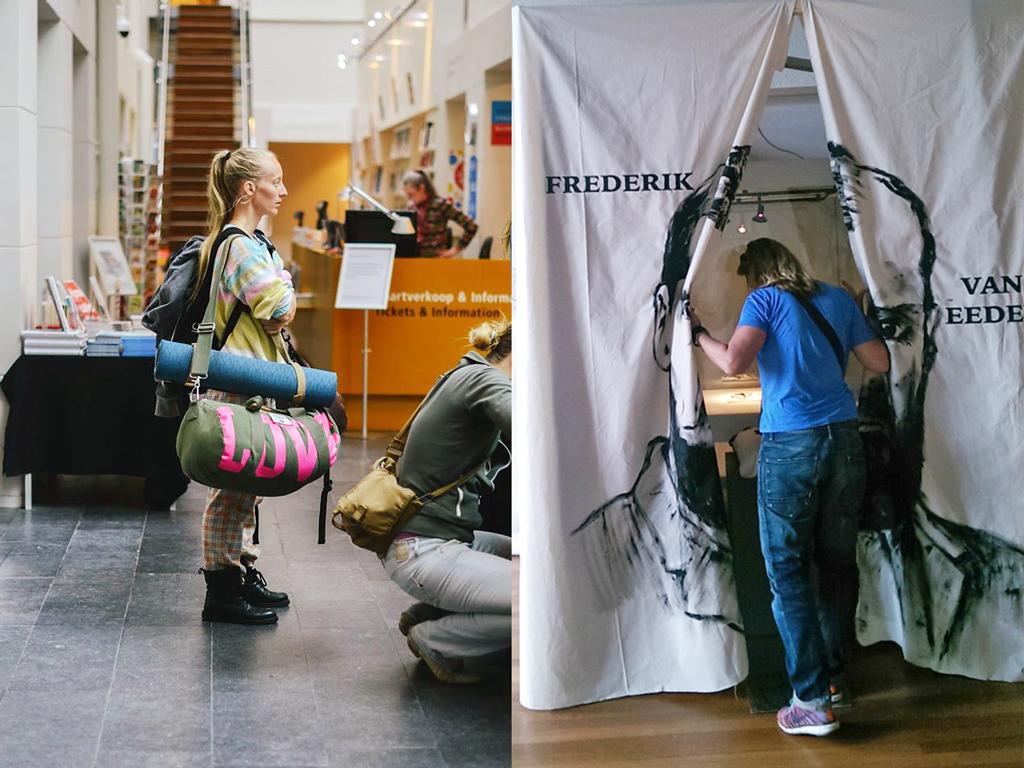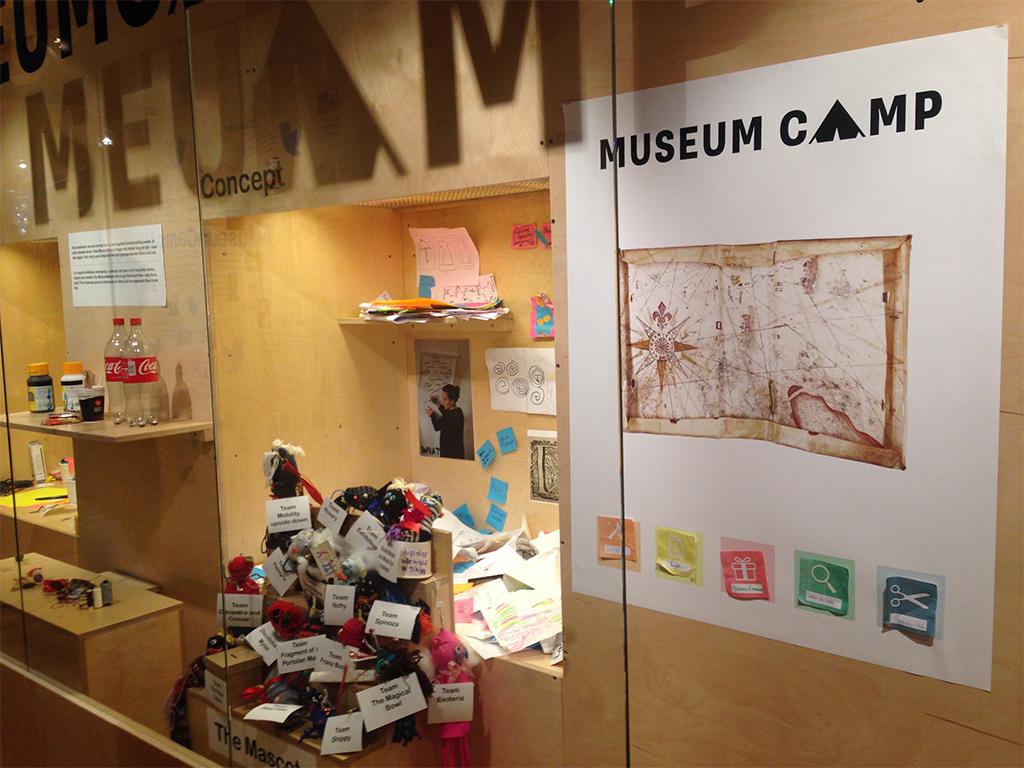Waag held a ‘Dynamic heritage and design thinking’ workshop at the kick-off meeting of the project meSch in Sheffield (UK). The consortium partners met at the Sheffield Hallam University. We applied a design thinking approach to share all the knowledge and ideas we already have and to create common ground for new ideas. One of the principles of design thinking is the notion that problem setting comes before problem solving, getting at the real question behind the questions at hand, by using multiple perspectives.
As meSch wants to put the physical back in the centre of cultural heritage experience a large part of the discussion was devoted to how we see ‘physical’ and ‘experience’ and for which audience(s) where designing. Though the tool for adaptive smart exhibits is intended for curators and educators, their audiences should be able to appreciate the smart exhibits.

As part of the kick off session we firstly started discussing our own encounters with heritage from being visitors of museums and exhibitions ourselves: what was our best experience with heritage and what factors might we distract from that experience, as a requirement for our designs. As the meSch project is set up from the notion that heritage is dynamic, not static, allowing heritage to be activated in its different meanings of which new interpretations and even new heritage may arise, we wanted to get a fresh look on what we consider heritage. To be able to do this, we went outside, into Sheffield, to find and collect images of things with value, of ‘living heritage’, as everything we now consider heritage was at some point part of a living environment.
Creating personas
To get deeper into in our discussions on audiences we then spent some time on creating ‘personas’, a technique that designers use for visualizing stakeholders, that serve as a reference for the conceptual development throughout the project. The personas represent possible audiences for the experience. An interesting notion to explore further is authorship: in how far is the visitor is the ‘maker’ of the experience. And how to ‘seduce’ the visitor to interact with objects in a context in which he normally is not allowed to touch objects.
Creating scenarios
To establish the ‘design space’ for the technological development we then explored narrative scenarios for the three participating museums (Italian War Museum, Museon, Allard Pierson), in small groups. These scenarios gave us insights into how visitors explore the museums today and how this might be enhanced in the future, and into which types of technology might be interesting to explore, ranging from sensors, through semantic approaches to large datasets, to personalisation. A shared understanding of this design space allows all consortium partners to go back to their own institutions and start working on their work packages (prototyping e.g.) before we get back together in three months.


